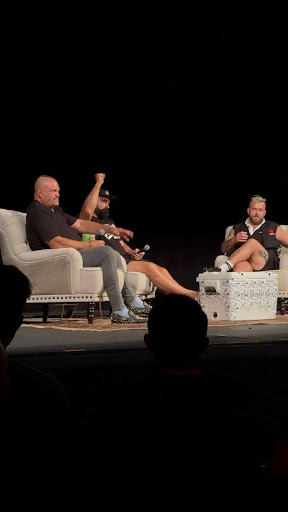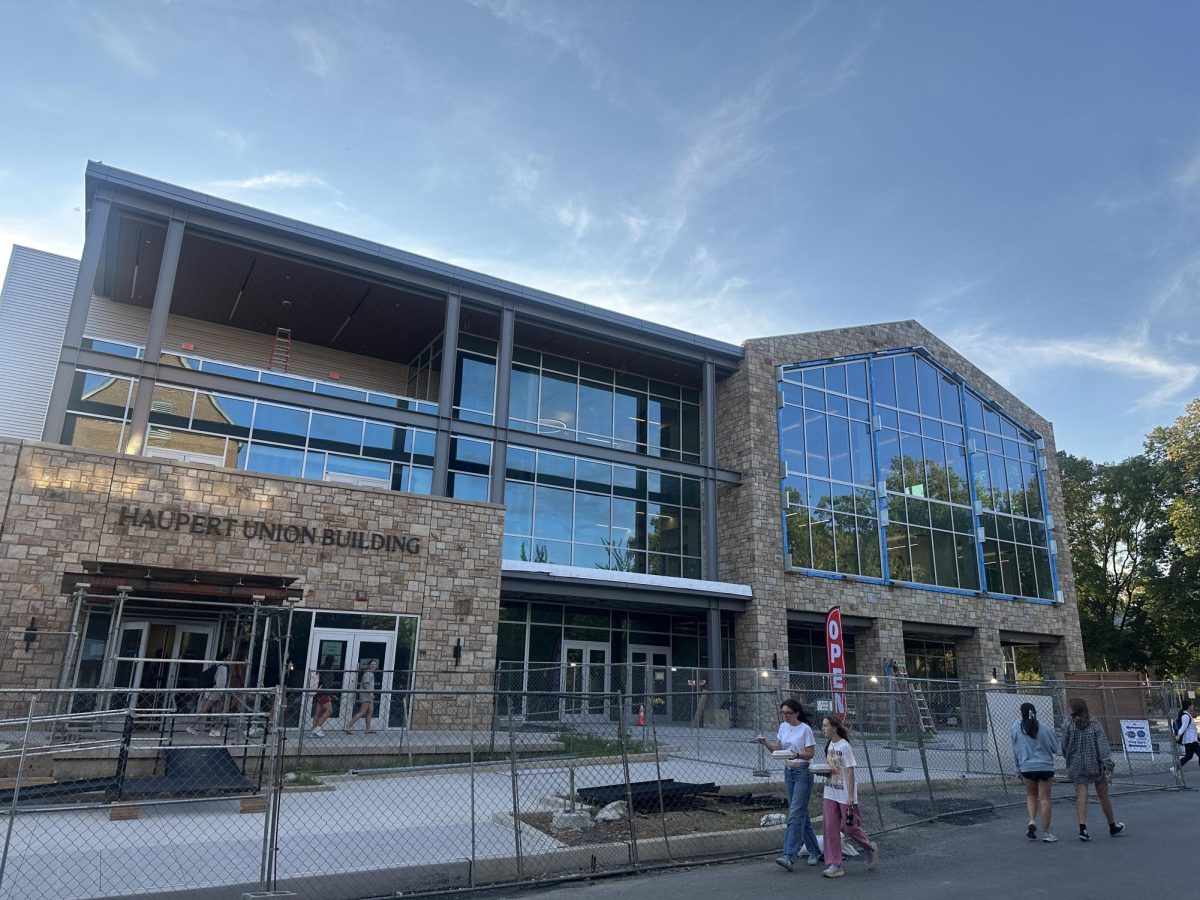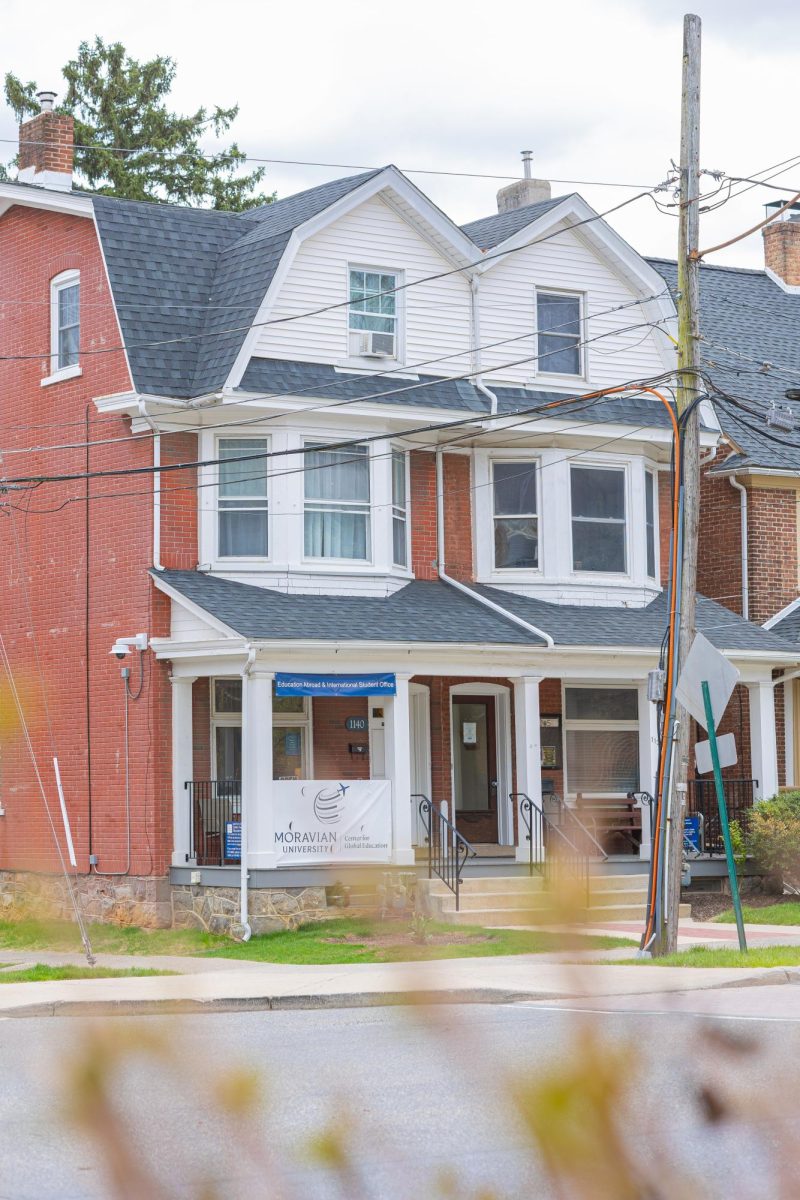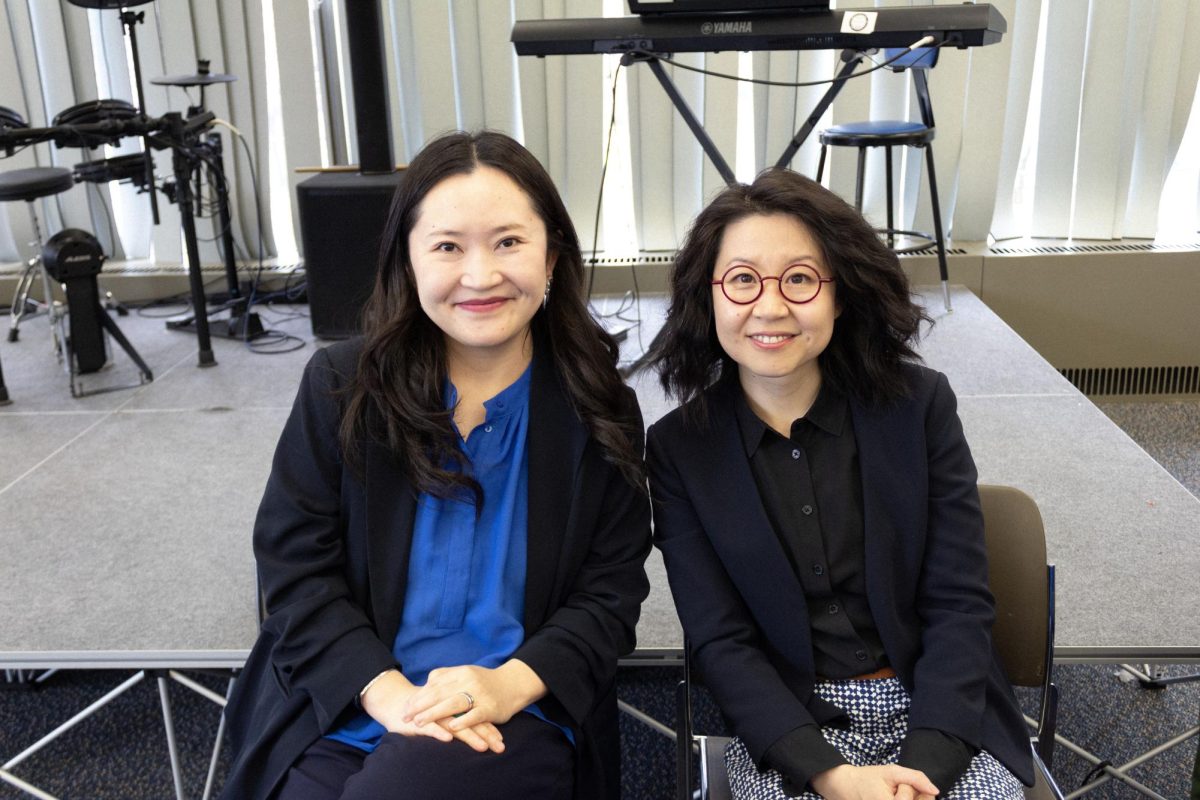
Dr. Belinda Waller-Peterson is an associate professor and chair of the Department of English and Writing Arts, teaching courses in African American literature, Black feminist theory, and culture and the health humanities. Her specialty lies in women’s health issues, maternity, and illness narratives. She is also a licensed registered nurse in the state of PA.
We sat down with Dr. Waller-Peterson to discuss her recent publication, Womb Work: Healing Narratives as Reparative Praxis in Black Women’s Literature, which explores women-centered healing narratives in both fiction and non-fiction authored by Black women.
What inspired your research on healing narratives in Black women’s literature?
Prior to going to graduate school, I was a labor and delivery nurse. I’ve always been a book nerd. When I had an opportunity to go back to school to audit some classes, I decided to sit in on some literature classes. I took this amazing Black women’s literature course taught by Carmen Gillespie. She really opened my eyes to how Black women have always been writing about our lives, our experiences, our bodies, and our health in ways that I was better able to connect with as an adult.
In those early classes and in that literature, I kept finding scenes about Black women coming together because there was a type of crisis happening at the sight of the womb. I really didn’t fully understand what was happening, but I knew that I needed to.
Could you tell me a bit about the writing process?
I was a bit more hesitant about the writing because, again, I trained to become a nurse, not a literary scholar.
It took a while for me to write Womb Work, over 10 years from my beginning graduate work up until it was published this past July, because of those lived experiences, because of those stories, and times when folks would meet with me not so that we could talk about our bodies, but the topic would come up.
There are moments of joy and celebration that come out of it because we are resilient. We can build community, and when community comes together, it really strengthens us. But the work itself of uncovering and hearing those stories that need to be shared is very difficult work.
It takes an emotional and a physical toll, but it’s also important to do. It is the process of becoming, and working through it. We can see it showing up today, and that’s why we need to continue studying and reading.
What do you want people to take away from this research and book?
I really want to have conversations about the real lived experiences of Black women and women of color, around issues with our reproductive health and our bodies.
That was very personal; it moved me out of the idea of theoretical approaches to the study of literature. This wasn’t just me theorizing about it. I’m talking about issues that are deeply personal to Black women and that are deeply personal to me.
In the introduction, you talked about your own experience with preeclampsia. What a terribly scary thing to experience. Can you elaborate more about what that was like for you?
Yes, and to be fair, I’m one of the lucky ones because my preeclampsia did not take my life. I was able to get to a hospital that listened to what I was saying and monitored me so that they were able to make that intervention. What’s heavy for me is understanding that my situation could have been different, as it has been for others. We need others to advocate for us when we can’t advocate for ourselves. We need to be informed, but we’re not always able to be.
How did the creation of the art interact with your research over the 10 years of work? When was the art present in the process?
Later in the process, I began collaging Black women who were naked and vulnerable. Women who are connecting with themselves and in some instances with one another, and I was bringing together different materials, burlap, colored paper that had different African-themed designs on them, and real dried flowers.
I just needed there to be a physical affirmation, like a visual affirmation. Toni Morrison, who there is a chapter on, inspired that, with her novel Paradise. There is a process of creating what I call visual illness narratives. This inspired me to create and imagine what healing looks like in real life. It was absolutely important for this book to not just exist as an academic text, but to be a resource for other Black women and women of color.







